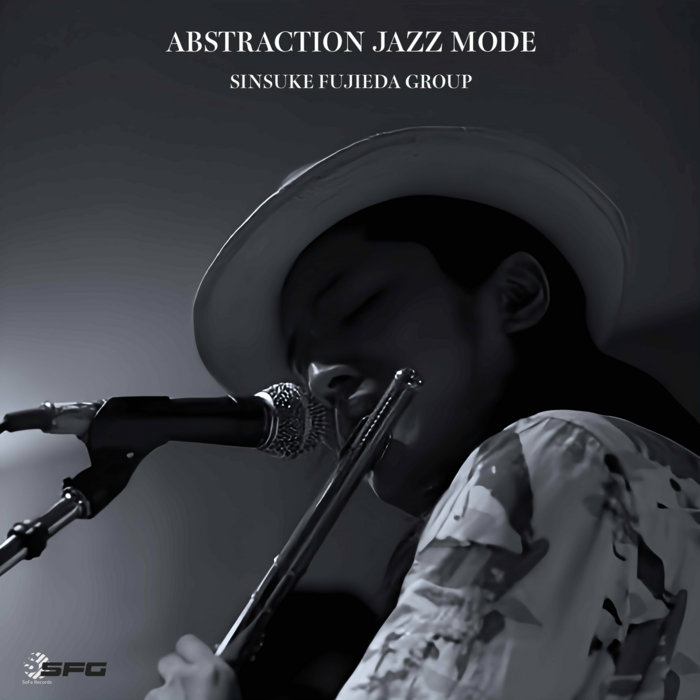
Horize – SINSUKE FUJIEDA GROUP
this blog is GROOVY – check out great Soul, Funk, Jazz, Hip Hop, Bass, Breaks , Reggae, House n many more TUNES
Hey there, music lovers! Let’s take a funky ride through the colorful world of Modal Jazz, a genre that took us on a journey beyond traditional chord progressions and into new harmonic horizons. Buckle up as we explore its roots, key players, and some downright quirky moments along the way!
The story kicks off in the late 1950s—just picture it: jazz was booming with hard bop, but some musicians were itching for something different. Enter Miles Davis, that cool cat who decided to shake things up.
In 1959, Miles dropped his game-changing album “Kind of Blue.” Instead of sticking to complex chords like many before him, he opted for modes—think scales over chords—and aimed for mood and atmosphere. This approach allowed musicians to stretch their creativity without being tied down by strict harmony. It’s like taking your favorite groove and letting it breathe!
Alright, let’s break it down: traditional jazz often relies on chord changes every few beats (like riding a rollercoaster). With modal jazz? You get long stretches where you can improvise using scales called modes instead. It’s more about vibe than structure; you’re floating rather than racing.
Imagine chillin’ at home in your comfiest PJs with a warm bath playing in the background—that’s modal jazz! You’re relaxed, exploring musical territories without rushing to reach an end point.
Miles Davis – As we mentioned earlier, this trumpet wizard led the charge with “Kind of Blue.” If music had royalty figures, he’d definitely be king!
John Coltrane – Coltrane jumped aboard this magical train with albums like “A Love Supreme.” His saxophone melodies soared high above cities while pushing modal boundaries further than anyone could imagine.
Bill Evans – The brilliant pianist collaborated closely with Miles on “Kind of Blue” and brought an ethereal quality to his touch that turned every note into pure gold.
Herbie Hancock & Wayne Shorter – Both contributed beautifully to various projects during this period including Miles’ bands and later formed their own innovative ensembles—the magic never stopped flowing!
McCoy Tyner – Known for his work with John Coltrane’s classic quartet; McCoy’s piano stylings helped define what modal could really do—sometimes loud enough you’d think he was trying to wake sleeping neighbors!
Modal jazz wasn’t just about sleepiness though—it also created some seriously kickin’ grooves! One moment you might feel tranquil listening deeply while next thing you know you’re bobbing your head uncontrollably — rhythm gets ya every time!
Albums like Herbie Hancock’s “Maiden Voyage” introduced catchy tunes built around simple mode structures yet gave performers ample room for wild improvisation… talk about versatility! Freestyle ’til dawn if you please.
Now let me tell ya—a world full of genius doesn’t come without some hilariously oddball stories:
Did you hear about how Bill Evans once got lost wandering around New York City after performing? He ended up finding himself jamming impromptu outside because he thought he’d just follow sound waves back home—but all it got him was a crowd gathering who wanted more groovy tunes instead!
There’s an amusing legend involving John Coltrane forgetting where he parked his car after one gig… Apparently he searched so long that music fans started leaving little notes under windshields saying they hoped he’d remember which mode or scale led him there!
And then there’s Herbie Hancock’s infamous attempt at beatboxing during sessions—it didn’t quite land well but hey… gotta respect someone willing to try something completely different even if your friends laugh hysterically afterwards right?!
As we jam our way through history books filled with bold sounds spanning decades since those early days together onto today—we see how influential modal jazz has been across genres! Fusion artists still draw from its vibes while hip-hop producers recognize those smooth elements creating fresh beats as samples buzz everywhere across airwaves now too.
From today’s modern-day innovators such as Kamasi Washington taking inspiration directly back into swinging rhythms breathing life anew—we owe gratitude towards pioneer spirits who dared step off beaten paths back when everything felt risky giving ourselves permission embrace beautiful therapy offered within each note played lovingly eternalized soundtracks enriching lives ever onward.
So next time you’ve got those headphones snugged upon ears don’t forget there’s lively legacy behind jams echoing far beyond—all thanks due respective legends who’ve crafted their musical messages throughout times alive showing world unbounded possibilities hidden harmonies await just waiting patiently plain sight only needing visible hearts alive dance explorations yearning encounter them someday soon too…
Peace out fellow travelers until next groove session calls us forward again! 🎷🎶

Horize – SINSUKE FUJIEDA GROUP
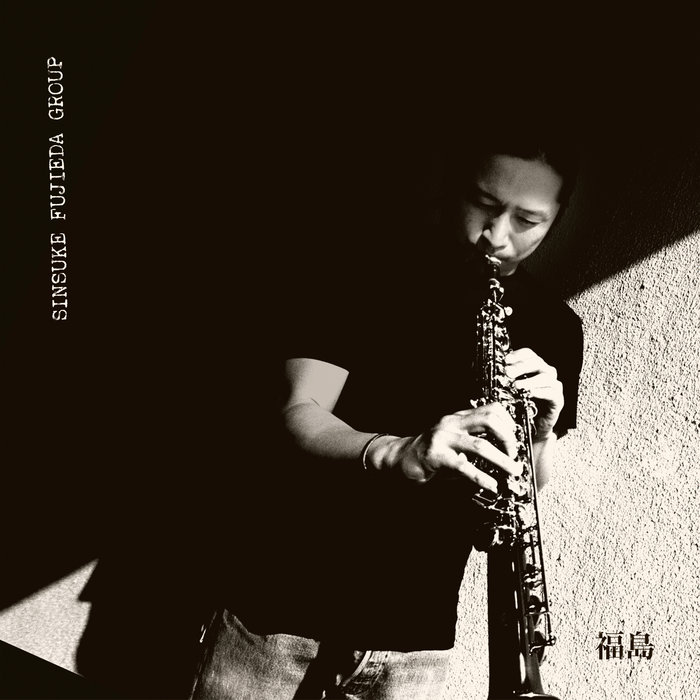
Nobody knows – SINSUKE FUJIEDA GROUP

Way-O Comin’ Home – The Gypsy
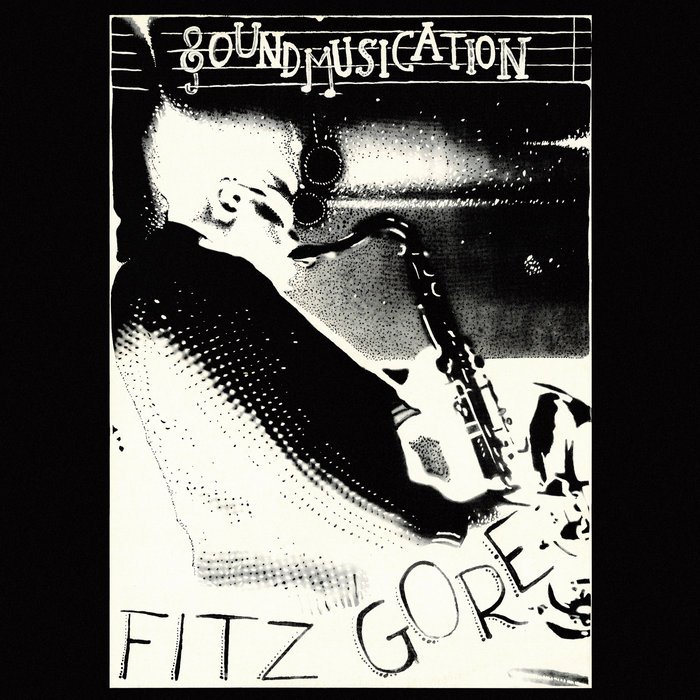
Gisela (Lion Rock) – Fitz Gore
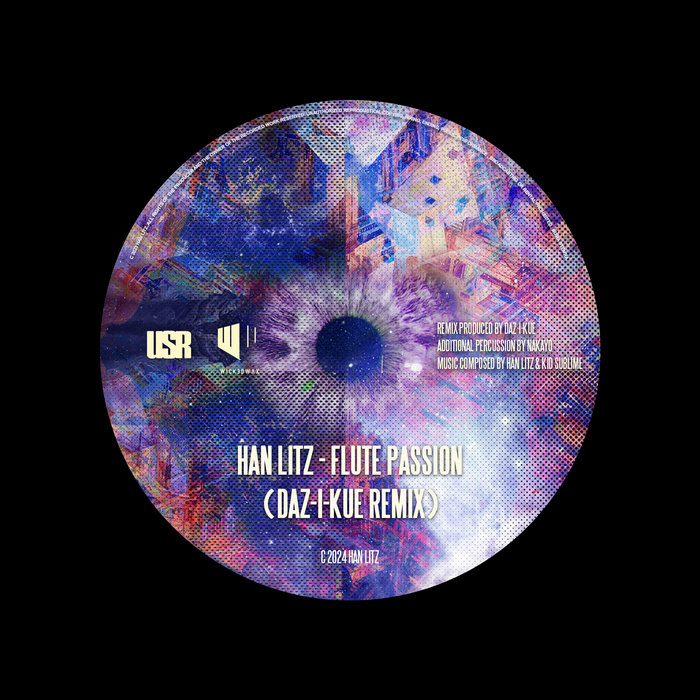
Flute Passion (Daz-I-Kue Remix feat. Nakayo) – Han Litz
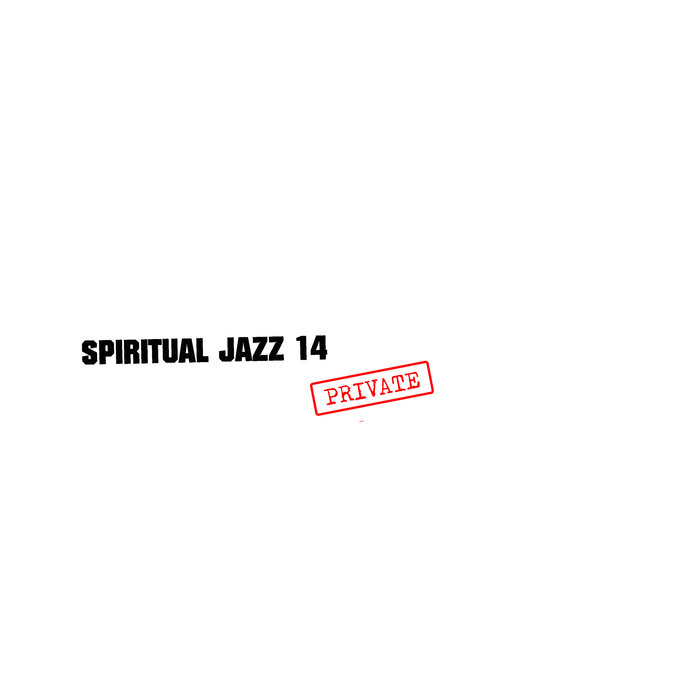
Andrew McPherson – Delilah – Various Artists